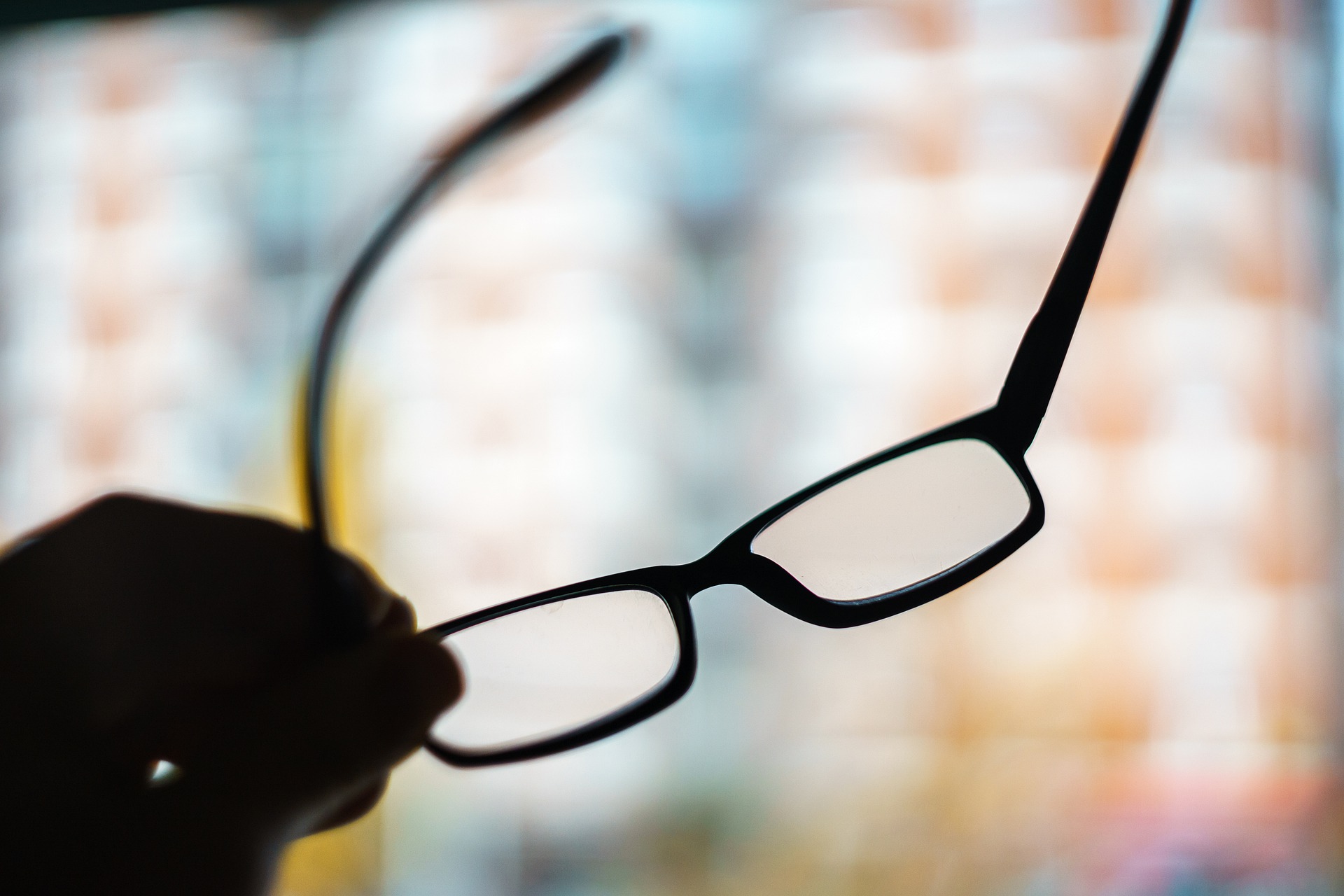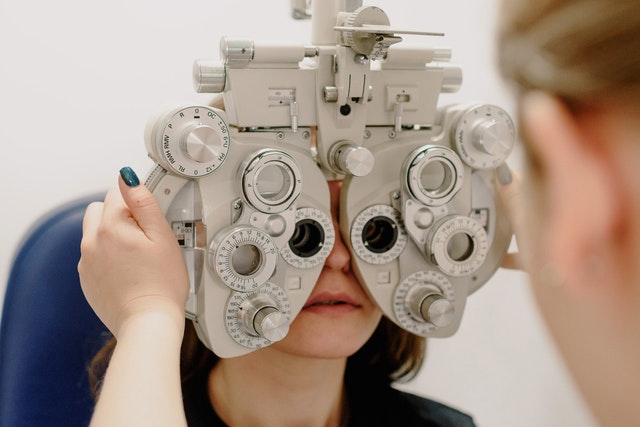Shortsightedness Explained
Myopia, or shortsightedness as it is commonly known, is on the rise. It’s the most common eye disorder in the world, and the biggest cause of visual impairment, especially in children. The facts are there for all to see. In 2010, an estimated 27 percent of people were struggling with a significant level of myopia, and by 2050, that figure is expected to rise to 52 percent.
The fact that myopia is linked to genetics is not disputed. However, genetics alone would not be enough to account for the rising incidence of myopia, and it’s now believed that environmental factors also play a role. Whatever the reasons for the rise of myopia, there have also been advances in its treatment. According to Australian behavioural optometrist Jacqueline Gattegno, reducing the progression of myopia is a real possibility – provided that intervention happens soon enough.
Myopia Control Treatments
Jacqueline says that contrary to popular belief, Myopia is a childhood problem. “It’s related to an increase in the axial length of the eyeball which results in poor focus on the retina. The progressive lengthening of the eyeball occurs during growth, with the eyes generally stabilising around the age of twenty. If myopia’s progression is to be slowed, treatment must occur during this time,” says Jacqueline. “Various non-surgical, drug-free methods have been explored, with the greatest successes coming from orthokeratology and the use of peripheral defocus lenses.”
Atropine drops appear in a lot of the research literature, but Jacqueline isn’t convinced that their use should be attempted or that they will result in the best possible outcomes. “There are side-effects,” says Jacqueline, “and the drops only seem to offer myopia control benefits during their first year of use. Following excellent results in early trials, it’s now widely believed that atropine drops don’t have sufficient long-term benefits to justify their use. Orthokeratology is drug-free and it works. There’s no reason to use a drug-based treatment.”
Efficacy of Orthokeratology in Myopia Control
Studies support Jacqueline’s confidence in orthokeratology for myopia control, and the treatment itself is remarkably simple. Optometrists carefully map the eye and then create hard contact lenses that gently mould the cornea to allow for better light focus on the retina. The lenses aren’t worn by day. Instead, they’re worn during sleep, and the eye maintains the correct shape during waking hours.
Research shows that orthokeratology, or Ortho-K, can slow the progression of myopia in children by 36 to 56 percent. “It’s known that the higher the level of myopia in people of any age, the greater the risk of certain ocular pathologies that can lead to vision loss,” says Jacqueline, “so reducing myopia in childhood not only offers a good chance of better vision during adulthood, but may even prevent conditions like retinal detachment and age-related blindness’ later on.”
Myopia Control at Home
There’s at least one other therapy that can help children in slowing the progression of myopia – and parents can practice it for free at home. “Tell the kids to go and play outside,” says Jacqueline. “There have been some remarkable studies that have shown that just spending more time outdoors reduces the risk of rapid myopia progression. There was a measurable reduction in axial elongation and myopic shift during trials in Asia, and some experts even theorise that reduced time outdoors might be at least partially to blame for the myopia epidemic that’s currently being witnessed.”
It’s Time the World Started Talking About Myopia
Jacqueline believes that the combination of orthokeratology and a healthy, active lifestyle can make a difference in combating the rise of myopia but is concerned that myopia control isn’t more widely talked-about. “Many parents have never heard of ortho-K or myopia control. They know about glasses and contact lenses, and they bring their children to get prescription eyewear. That provides an opportunity to tell them about treatment options, but it isn’t ideal.”
“Myopia control should be headline news. It’s exciting. The benefits are beyond price. It’s time the world started talking about it because we’re rapidly heading towards a situation in which half the world’s population is myopic with high myopes facing further risks to their vision,” concludes Jacqueline.
Download a DIY Myopia Prevention Strategy Checklist.
Smart Vision Optometry clinics are located in Sydney. Book a Smart Vision Comprehensive Vision Skills Assessment or Advanced Eye Health Test for any child or adult by calling the Bondi clinic (02) 9365 5047 or the Mosman clinic (02) 9969 1600, alternatively book an appointment online.
Myopia Prevention, Control & Management
Book Now to Take Control of Myopia







